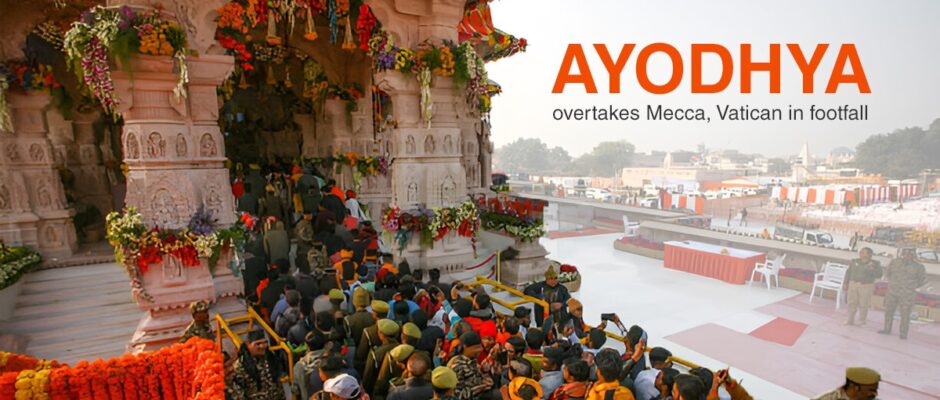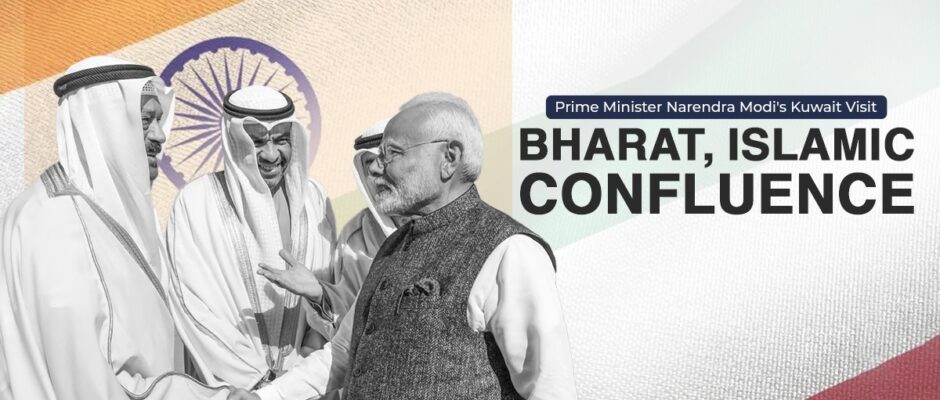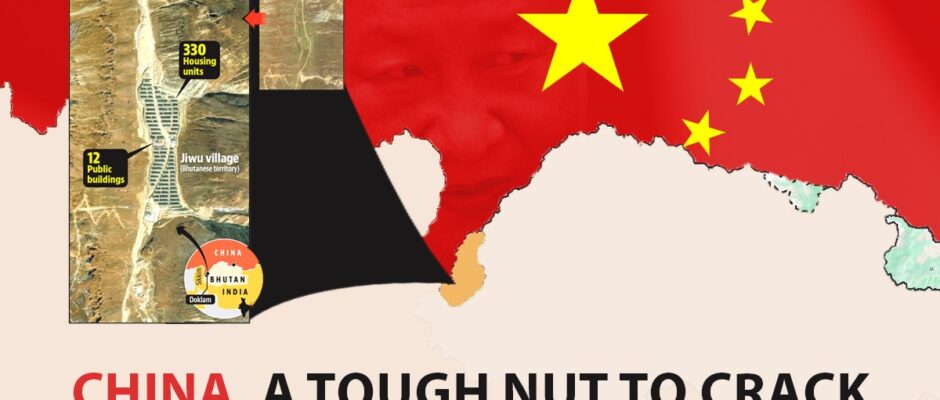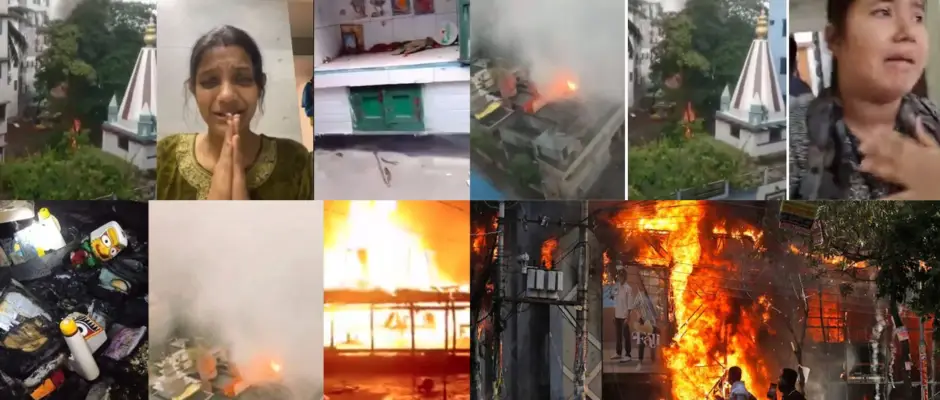
Go Big, Go Bold!
Transactional Trump, EU policy recast, realignment of global forces with China & Russia moving closer may cast a long shadow on Modi government’s eleventh year budget. K.A.Badarinath Post-elections in United States, Donald J Trump assuming charge as American President coupled with realignment of forces globally will weigh-in on Finance Minister Nirmala Sitharaman as she readies to present her eighth federal budget in a row this Saturday. Nirmala Sitharaman may have to take on board Trump’s constant haggling that Bharat was a high tariff destination for American goods. More importantly, clubbing Brazil and Bharat with China for imposing high tariffs as a way to balance trade may be on top of the mind. A deficit of $ 32 billion that US have with India in bilateral trade of US $ 118 billion during 2024 is the big trigger for ‘transactional’ Trump who is expected to push hard for ‘rebalancing’ transactions. In fact, this is the biggest factor for Trump to threaten across the board tariff of over 2.5 per cent on all Indian goods, services and push for sale of defence equipment. A possible way out may be found when Prime Minister Narendra Modi meets Trump during his France visit next month. This apart, what finance minister Sitharaman would consider is Commerce Ministry analysis on all economic issues that Trump talked about at his inauguration as President on January 20 and virtual address at Davos World Economic Forum the day after. In fact, this will easily go into Finance Minister Sitharaman’s tabulations on oil prices, US $ and Indian rupee pricing apart from her fiscal deficit projections that are expected to be in line with her announcement in the last budget a couple of months back. In line with ‘Make America Great Again’ campaign of Donald Trump, European Union pushing for ‘Make Europe Great Again’ line may have its bearing on developing large economies like Bharat, Brazil, South Africa etc. The 27-nation block and Trump may have taken a leaf out of Prime Minister Modi’s “India First” or “Bharat First” campaign that led to mobilization of Hindutva or Bharatiya forces at political level as well as socio-economic front. Though European Commission President Ursula Vonder Leyen holds that Europe is already great, she commissioned a report on union’s competitiveness from Mario Draghi to provide a firm roadmap to sustain healthy growth rates over next 25 years. This reassessment will definitely have its impact on exporters from Asia like India that’s just becoming a player to reckon with both in investments and trade. Serious conversations within European Union end to her dominance in automobiles, emergence of China as a big player in automobiles as well as artificial intelligence, non-availability or limited access to cost-effective oil from Russia will have to be factored by Nirmala Sitharaman as she goes about fine-tuning Bharat’s roadmap to 2047. Union budget is definitely a big occasion to look back, assess and work on futuristic economic policy framework in the wake of global realignment of force, China and Russia moving closer, big debate on capitalism versus communism, conservatives to liberals, Left of centre to far right politics within and outside the country. Narendra Modi government as one can recollect have smartly deployed every penny to win hearts of 1.4 billion people in last eleven years. Even without majority seats in Lok Sabha on its own during last June elections, Modi and his economic policy making team led by Nirmala Sitharaman has not diminished or deviated one wee bit. This eleventh-year budget of BJP-led NDA will be no different. Fiscal consolidation, prudence in spending, continuation of its well laid out taxation policy and spreading the wings to cover more and more vulnerable sections in the ambit of famed Bharat ‘growth story’ will clearly be visible in vision and action. Expanding scope of highly successful Production Linked Incentives (PLI) scheme hitherto introduced in 2020 would not only expand industrial base, create new jobs opportunities but also offer an excellent platform for foreign investors. Till date about Rs. 1.32 lakh crores foreign investment (US$ 16 billion) have been realized thereby leading to a massive jump in manufacturing output at Rs. 10.90 lakh crore (US$ 130 billion). Over 850,000 jobs have been created due to this industrial expansion under the scheme alone. ‘Make in India’ and ‘Make for the World’ is a great policy liner that has stood test of times for Modi government. Matrix for the scheme where foreign and domestic investors plough-in has to be expanded across sectors especially defence and security to exploit the potential for investments, technology and jobs creation. Finance Minister Nirmala Sitharaman will have to announce Modi government’s policy framework to manage Artificial Intelligence (AI) like DeepSake, Qwen developed by China with its alignment to Chinese Communist Party (CCP). Already, there are enough indications that AI Compute Facility that secured 18,000 GPUs will drive the artificial intelligence initiative that’s ‘open sourced, application focused and flexible’. Data privacy and data localization policy may have to be dovetailed to ensure that our artificial intelligence initiative is in sync with the country’s diverse needs. Quick investments and development of ‘generative’ artificial intelligence networks may have to be prioritized by Modi government and the dedicated mission may have to develop a framework to deal with the issues. Nirmala Sitharaman may have to opt for policy reforms to push the pedal on governance that eases ‘way of living’ and enhances ‘living standards’ for people in rural and semi-urban areas. Bringing equivalent focus on middle and lower-middle class apart from most vulnerable sections into the ambit of budget and economic policy making will also be a saleable preposition for the finance minister. Given the kind of direct cash benefits announced in different states as part of competitive political slugfest may have to be addressed immediately to nourish a healthy work culture to enhance productivity in industry, agriculture, services and allied areas. From free power, heavily subsidised gas to cash offers, both opposition parties and ruling NDA partners have gone for the kill









